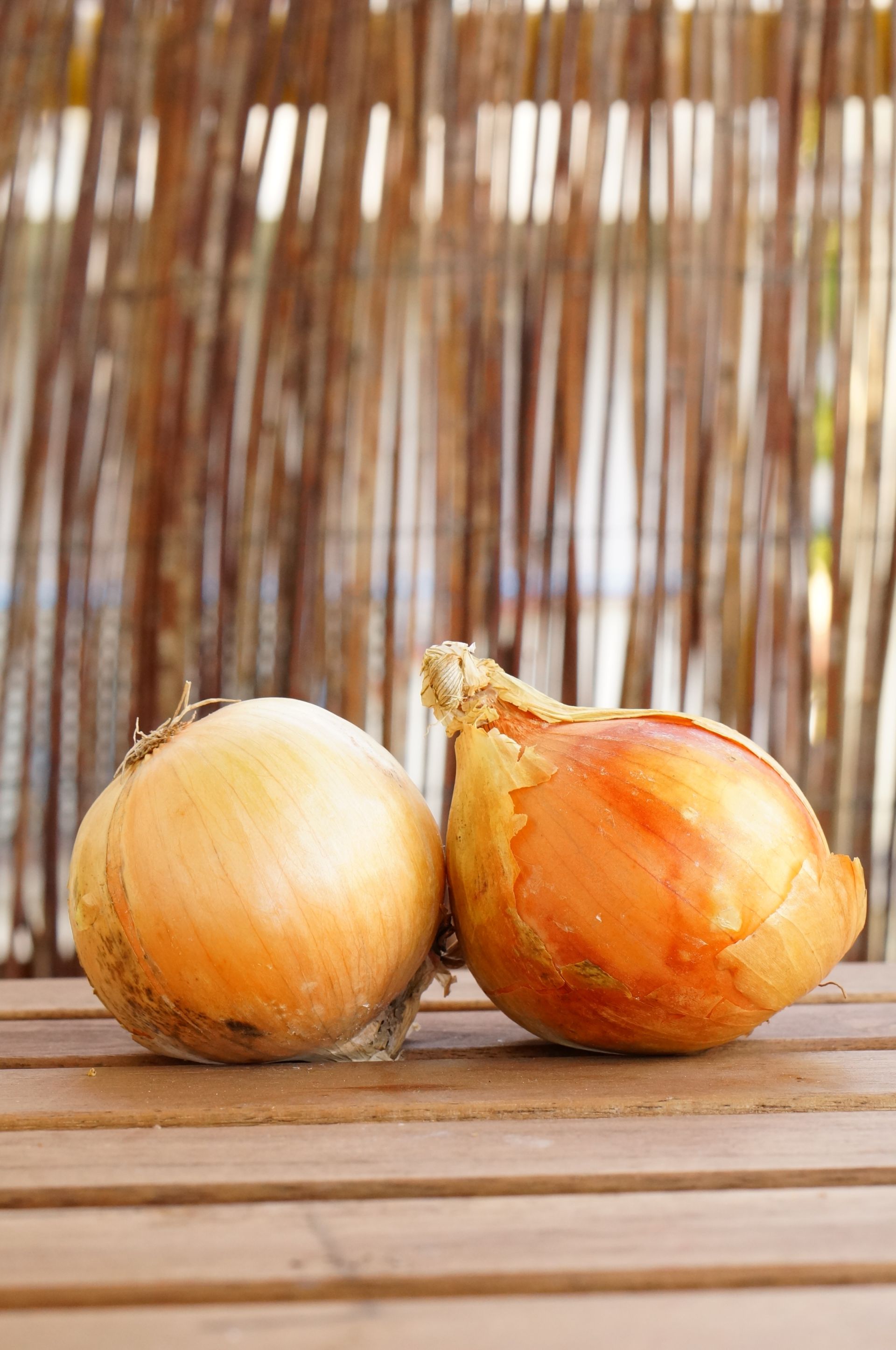Onions are a staple in kitchens worldwide, but did you know the type of onion you buy — and even the light it’s cured under — can affect how safe it is from harmful bacteria like Salmonella?
A new study funded by the Center for Produce Safety (CPS) has revealed that onion variety, bulb layers, and post-harvest handling may influence whether bacteria grow or die off during storage.
What the Researchers Found
What This Means for You

The Big Picture
What Should You Do if You Bought These Tomatoes?
Latest from our blog
Contact Us
admin@thefoodcourtdsg.com
-
Get in Touch
-
5065 Deer Valley Rd, Ste 114 Antioch, California 94531
-
(925) 237-9095
admin@thefoodcourtdsg.com
-
Quick links
-
Home
-
About Us
-
Affiliate Program
-
Blog
-
Podcast
-
Top Courses
-
Elevating Food Safety Standards Globally

